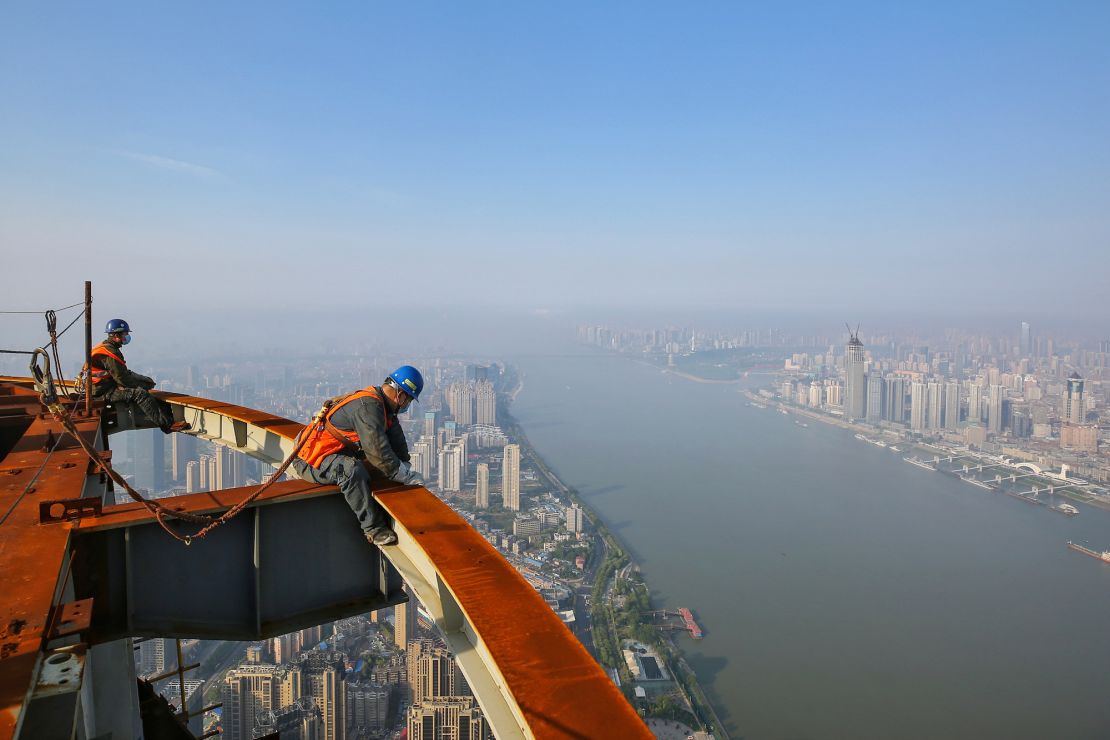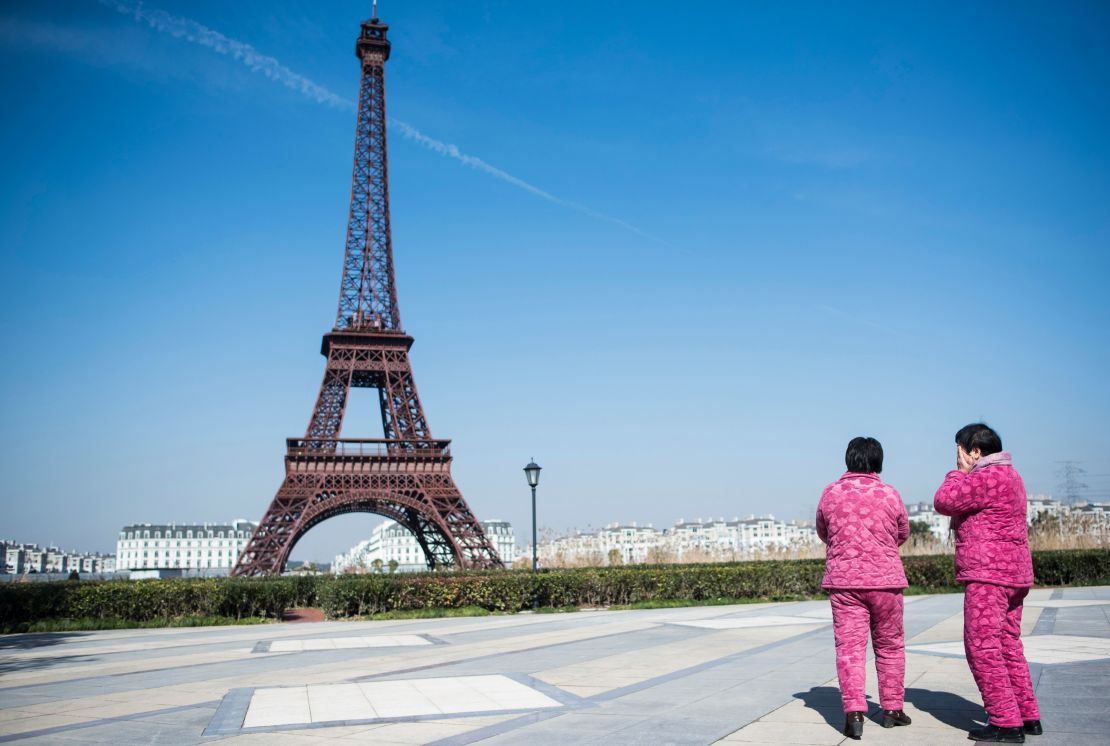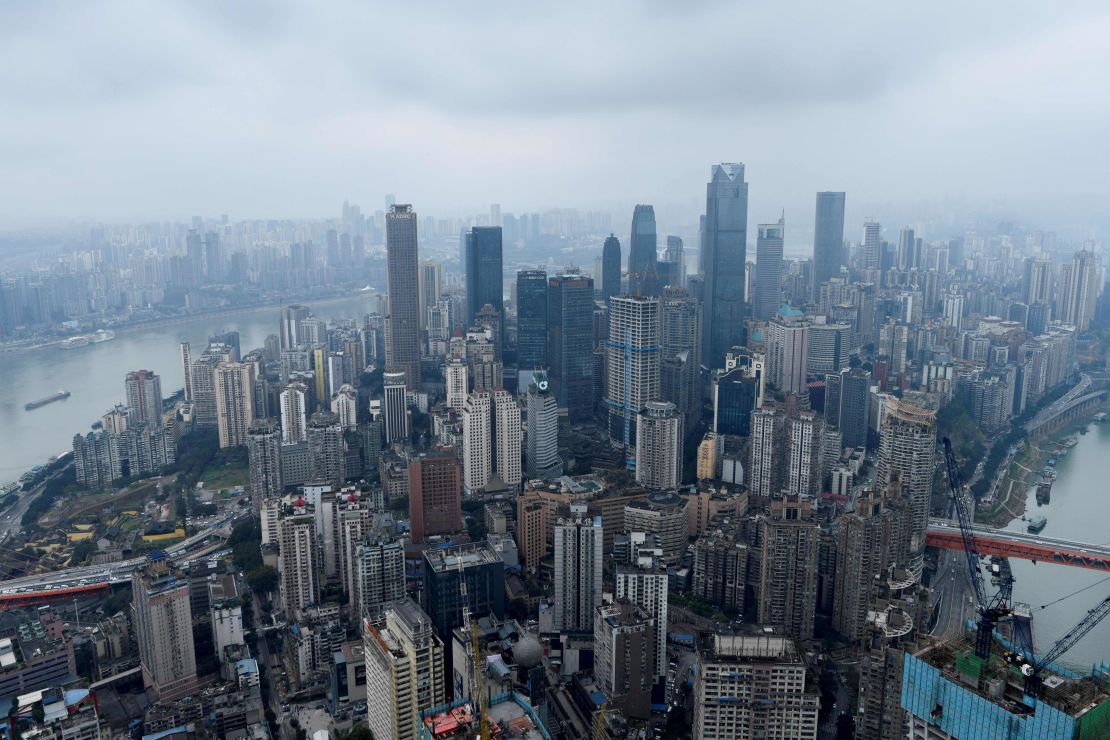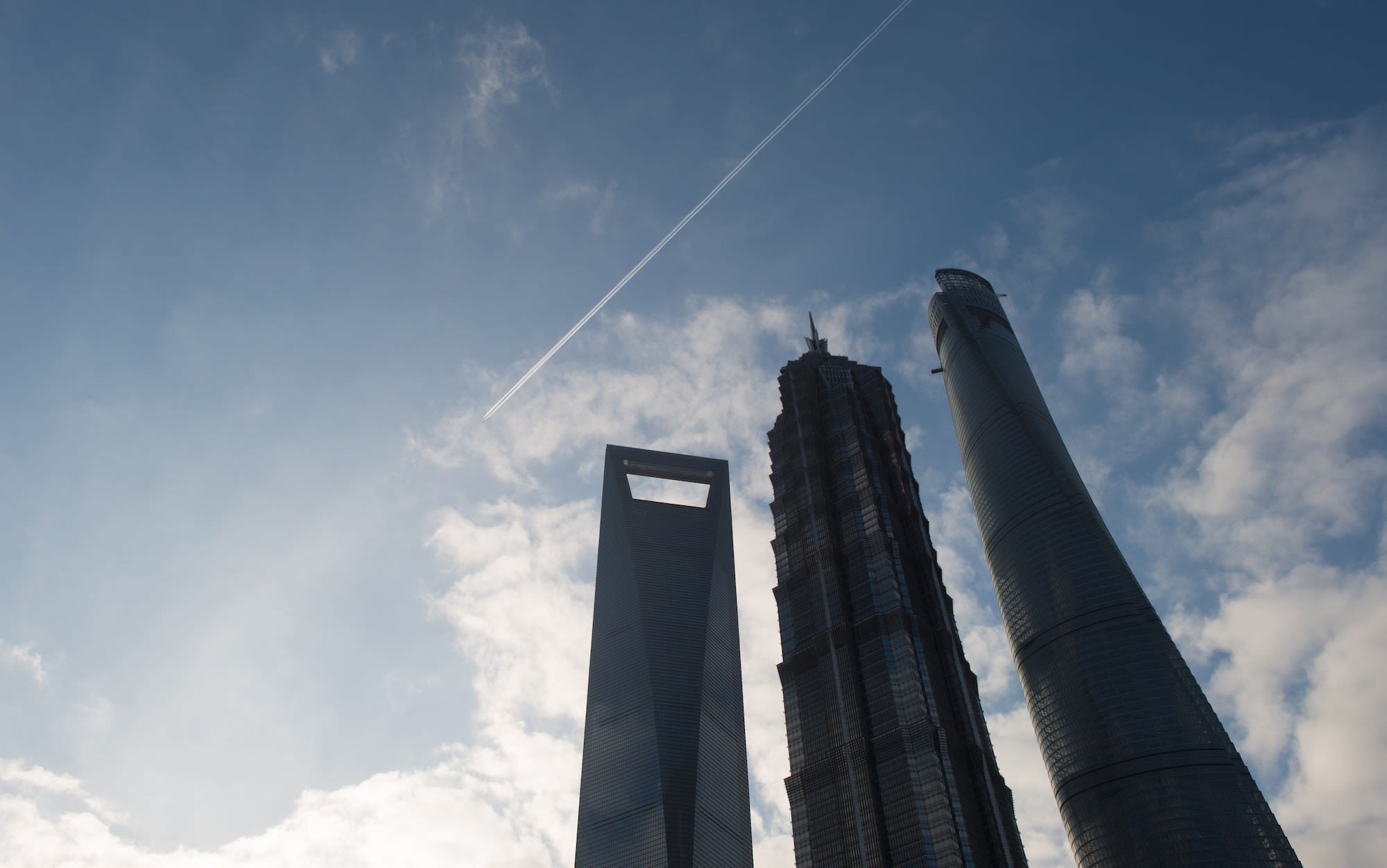An end to “copycat” buildings and a ban on skyscrapers taller than 500 meters (1,640 feet) are among the Chinese government’s new guidelines for architects, property developers and urban planners.
Outlining what it calls a “new era” for China’s cities, a circular issued by the country’s housing ministry and the National Development and Reform Commission earlier this year also proposes other sweeping measures to ensure buildings “embody the spirit” of their surroundings and “highlight Chinese characteristics.”
With height restrictions already being implemented in places like Beijing, and a 2016 government directive calling for the end to “oversized, xenocentric, weird” buildings, the guidelines appear to formalize changes that were already underway.

But according to Chinese architecture experts, some of the less eye-catching suggestions – such as an appeal for heritage protection, a credit system for designers and the appointment of chief architects – may signal a subtler evolution in the way China’s cities are planned.
“The document is really not just about height,” said Li Shiqiao, a professor of Asian architecture at the University of Virginia, in a phone interview. “It’s about Chinese culture, the urban context, the spirit of the city and the appearance of modernity.”
“This has been in the academic discussion a lot, but somehow not in a government document until now.”
Cut down to size
Of the 10 completed buildings measuring above 500 meters around the world, half are found in mainland China.
Among them are the planet’s second-tallest skyscraper, the twisting Shanghai Tower at 632 meters (2,073 feet) tall, and Shenzhen’s Ping An Finance Center, which is 599 meters (1,965 feet) from base to tip.
In the last two years, they’ve been joined by Beijing’s Citic Tower and the Tianjin CTF Finance Center, the world’s seventh and ninth tallest buildings respectively. But the tide against soaring skyscrapers has been turning for some time.

The number of new buildings measuring 200 meters (656 feet) or above in China fell by almost 40% last year, according to construction data from the Council on Tall Buildings and Urban Habitat (CTBUH). In Beijing’s downtown Central Business District, a height restriction was already being applied to new proposals – a cap of just 180 meters (591 feet) according to a 2018 report by property firm Jones Lang LaSalle.
Elsewhere in the country, the Wuhan Greenland Center had its projected height cut from 636 meters (2,087 feet) to under 500 – a decision made in 2018, after construction began, necessitating a significant redesign – with local media citing airspace regulations. The Suzhou Hungnam Center has since had its planned height cut from 729 meters (2,392 feet) to 499 meters (1,637 feet), with upcoming skyscrapers in the cities of Chengdu and Shenyang also “suffering the same fate,” according to state-run tabloid Global Times.
Fei Chen, a senior architecture professor at the UK’s Liverpool University, described the 500-meter limit as “quite arbitrary,” adding that skyscrapers measuring 499 meters are “still very, very tall buildings.” But the new document confirms growing intolerance for buildings that are “out of scale or out of context,” she said.
Chen also pointed to official concern around the “reckless” use of tall buildings, whereby expensive and unprofitable towers are used by real estate firms to brand their developments – or by local governments to put their cities on the map.
“(The guidelines) respond to the identity crisis that we’ve all noticed since the 1980s, when cities started to borrow standards and building types from international contexts,” she said in a phone interview. “And since the 1990s, cities have been promoted as being competitive in the market through the construction of landmarks and large public buildings.”
As such, the new restrictions are as much about economics as design. Above a certain height, the cost of constructing skyscrapers increases exponentially with each additional floor. China’s skylines are now littered with unfinished towers as economic growth slows and developers face a squeeze on credit.

According to CTBUH data, around 70 Chinese buildings that were meant to stand above 200 meters are currently “on hold,” having already started construction. Three of them were expected to measure over 500 meters, including Tianjin’s soaring Goldin Finance 117, which broke ground over a decade ago. Wuhan’s aforementioned Greenland Center has stood unfinished and largely untouched since 2017, despite having its planned height reduced.
In Li’s view, the government’s new measures epitomize a “new paradigm” for Chinese cities – one less reliant on marketable skyscrapers and speculative financing. To illustrate the shift, he compares Shanghai’s Pudong district, the soaring financial quarter that rose from almost nothing in the last two decades, to Xiongan, a brand new city being built 100 kilometers southwest of Beijing. Unlike Pudong, the new 2.5-million person satellite city will be relatively low-rise, with its property market subjected to tight state controls.
“If you take Pudong as the paradigm for Chinese urbanization from 2000 to today, then you look at Xiongan – which is not dominated by real estate speculation or iconic buildings – as the new paradigm … then that’s quite an amazing change we’re witnessing.”
A new framework
Yet Li maintains that the 500-meter height restriction is, from an academic standpoint, “probably the least interesting” part of the new government guidelines.
Elsewhere, the circular contains a range of other measures, including the prohibition of “plagiarism, imitation and copycat behavior.” China’s very own Eiffel Tower and a London-inspired Thames Town outside Shanghai are two of the more extreme – and ridiculed – examples of how imitation architecture thrived in the 2000s.

This official shift, again, may simply reflect the changing design culture in China. But an explicit ban on plagiarism could nonetheless prove useful in a country where the “degree of quality is so diverse,” Chen said.
“There’s already an acknowledgment in the architecture industry that (copying) is not welcome,” she said. “But China is huge, and some cities are doing better than others.
“In east-coast cities, or more developed areas, architects have better design skills, so they produce better buildings. But in inland cities you still see buildings that copy others’ styles or architectural languages, and that doesn’t result in very good design.”
The government document also proposes a credit system – and, conversely, a blacklist – for architects, to encourage compliance with planning laws and regulations. It warns against demolishing historical buildings, traditional architecture or even old trees to make way for new developments, a move in keeping with the growing emphasis placed on heritage preservation in China. (Two Shanghai art museums, created from disused industrial oil tanks and an old power station, are among the recent high-profile renovation projects in a country once known for indiscriminately razing old structures).
But one of the government’s new suggestions proposes something entirely new in China: chief architects for each city.
Moscow and Barcelona are among cities that already appoint an individual to approve or veto new proposals. Li welcomed the idea as a way to ensure designs fit the overall urban context.
“The hesitation is whether ensuring uniformity means that a city becomes predictable and uninteresting, or whether you actually sustain some degree of creativity,” he added. “But we have a new generation (of Chinese designers) that is great at both maintaining the urban fabric and creating very interesting architecture. The key is instituting a system that guarantees that process.”

How – or even whether – the government’s more exploratory suggestions come to fruition remains to be seen. The new guidelines provide a broad framework for cities, but finer details must be resolved at a local level, said Chen, whose research focuses on urban governance in China.
Characterizing the circular as a series of red lines not to be crossed (more “don’ts” than “dos”), she also suggested that work is still required to positively articulate what constitutes good design.
“There are policies and documents talking about what you shouldn’t do… which is a good thing, but they’ve never said what you should do,” she explained. “Architects and urban designers may benefit from quite specific guidance on what good design is.
“But this needs to be related to the local context, so I wouldn’t expect the national government to produce guidance like this. What works in one context may not work in another.”



